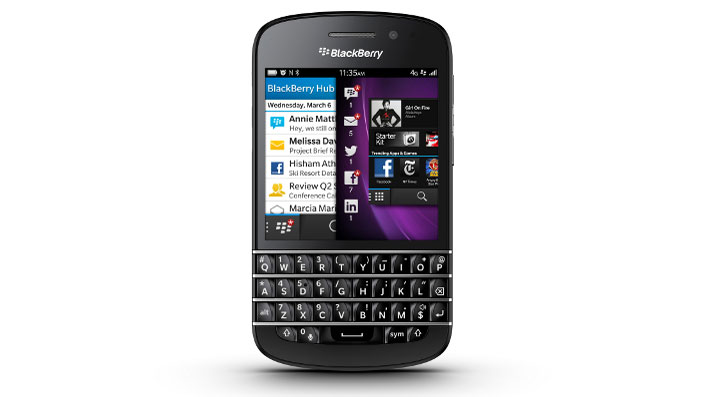Why you can trust TechRadar
The BlackBerry Q10 comes equipped with the same rear facing 8MP snapper with single LED flash and 2MP front facing lens which adorn its fully touchscreen brother, the BlackBerry Z10.
Although in terms of hardware there's nothing to pick between the two handsets, the Q10 has the upper hand when it comes to software as the BlackBerry 10.1 update brings some new features to the camera app.
First up though is the business of actually getting into shooting mode. You can launch the camera app direct from the lockscreen by holding down on the camera icon in the bottom right of the display.
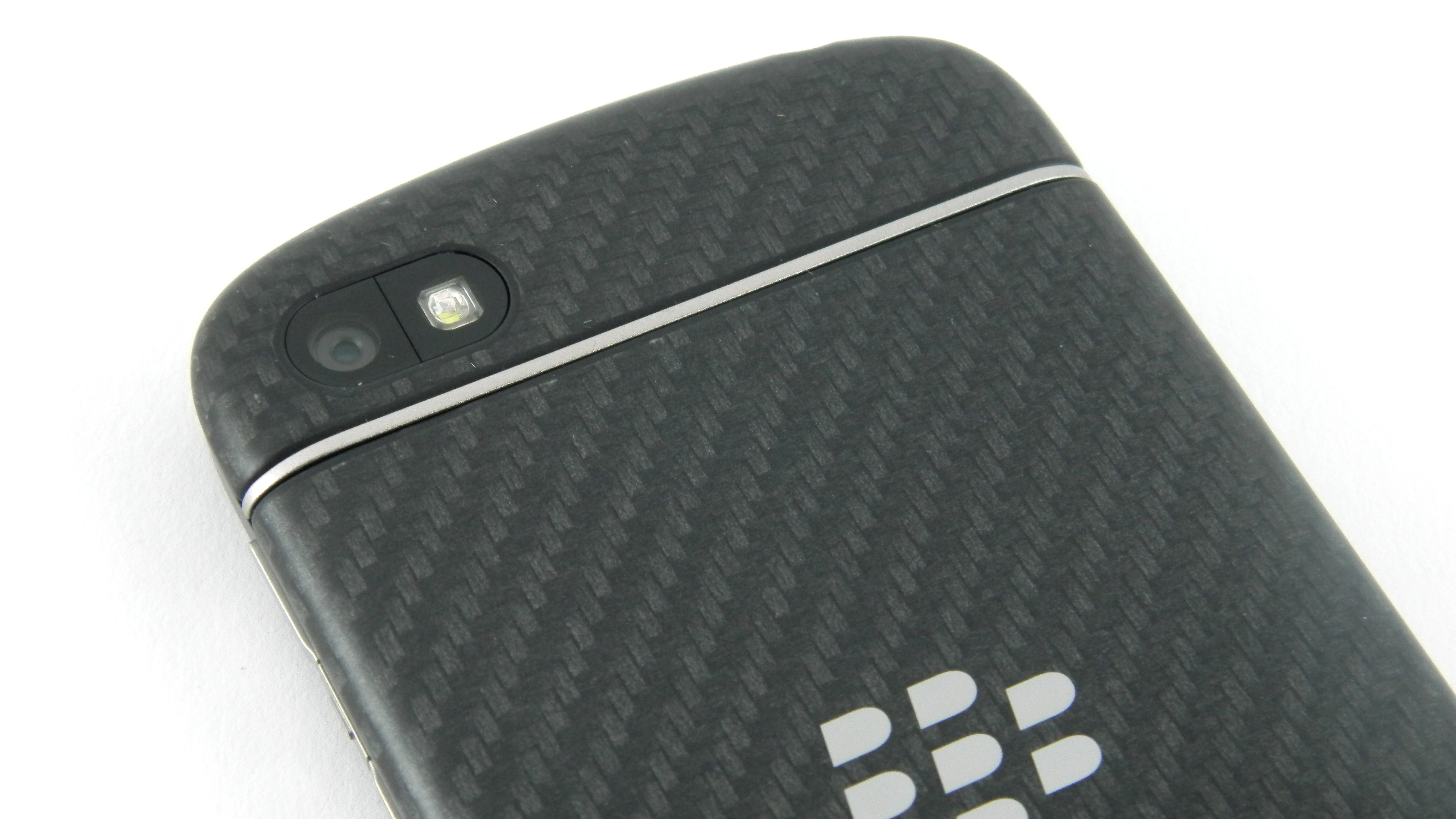
Alternatively you'll find a shortcut to the camera app in the tool bar which you see when viewing your apps or the active frames page.
The app takes around a second to boot up, which means you can be ready to snap almost immediately after hitting the camera icon.
There's auto-focus available as standard and while tap-to-focus isn't possible due to the view finder also being an active shutter if you tap it, you can drag the focus square around the screen if there's a particular object you wish to draw attention to.
We found that having the whole screen - bar the menu buttons and gallery link in the bottom corners - as an active shutter was a little cumbersome, with accidental presses regularly occurring resulting in a lot of unwanted pictures.
Luckily you can also use the volume keys on the right of the Q10 to snap pictures, although we're a little disappointed there's no way to turn off the on-screen shutter function.
In terms of new features in the camera the BlackBerry Q10 has a couple. First up is the addition of an extra aspect ration, allowing you to now shoot photos in 1:1 as well as 16:9 and 4:3.
While this new ratio works best for the square screen of the BlackBerry Q10, viewing them anywhere else makes them look a bit odd, so we'd recommend sticking with one of the other two options.
The second new feature - and something which the Z10 will also benefit from once it gets BlackBerry 10.1 - is HDR mode, which can be found in the shooting section of the camera app's menu.
HDR offers the ability to enhance photos - especially those with variable lighting or large areas of shadow - and it does give some rather pleasing results on the Q10.
In terms of other features the camera app is relatively limited, with a toggle for the flash, option to switch between front and rear cameras and a selection of four scene modes, although we opted to keep it on auto most of the time.
Shutter speed was generally very quick and you'll be able to take pictures consecutively without to much hassle, although if you don't give the auto-focus enough time to settle you'll end up with some rather blurry results.
In terms of results image quality was variable, with the BlackBerry Q10 capable of taking some good shots - not great - providing conditions were favourable, although it places when lighting was less forgiving it was unable to stand up to the likes of the HTC One, Nokia Lumia 920 and Samsung Galaxy S4 - which with its high price tag is the sort of competition it has to compete with.
Results were sometimes pretty grainy and colours often lacked the vibrant pop we've seen with other smartphone cameras, meaning our images didn't look quite so attractive.

Click here to see the full resolution image
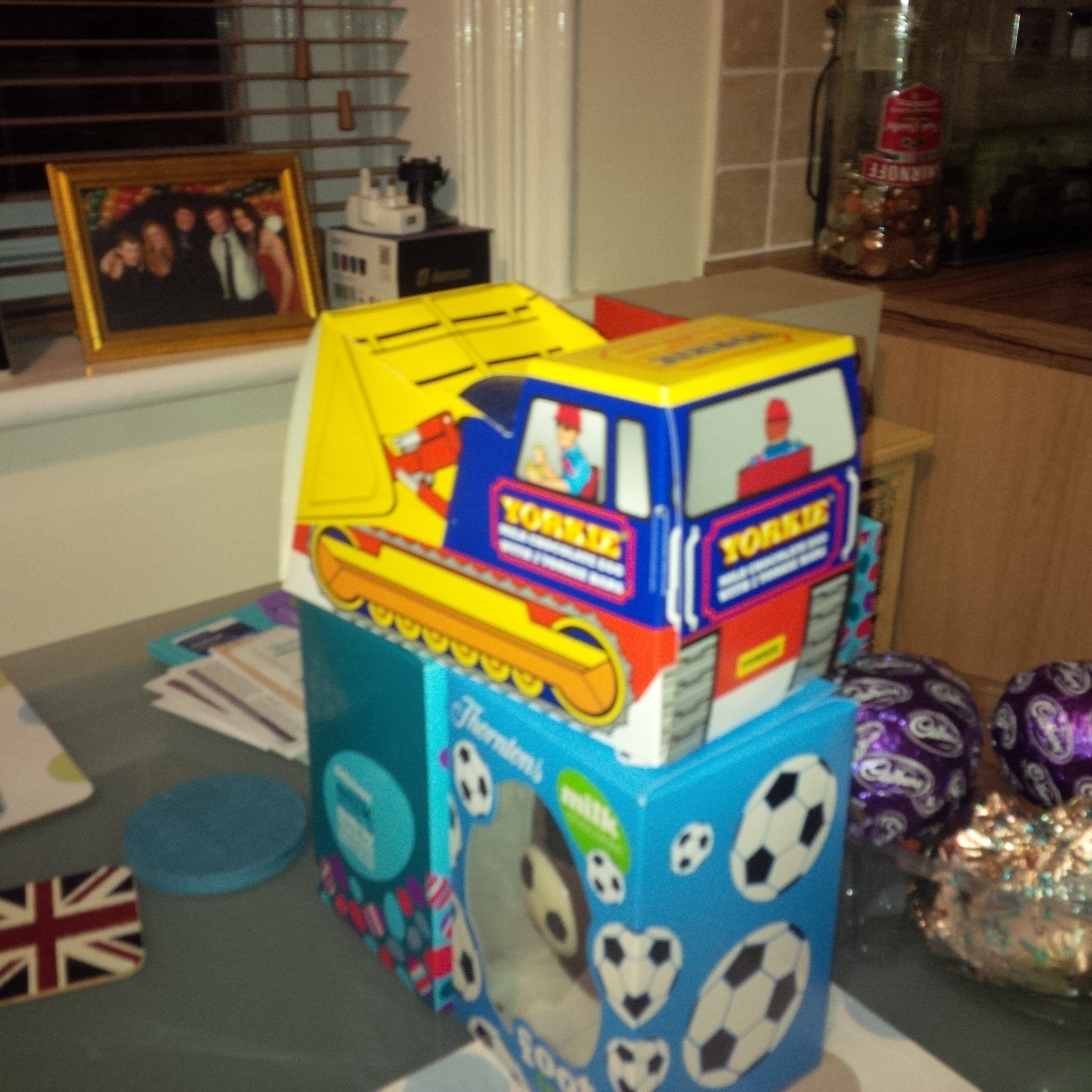
Click here to see the full resolution image

Click here to see the full resolution image

Click here to see the full resolution image
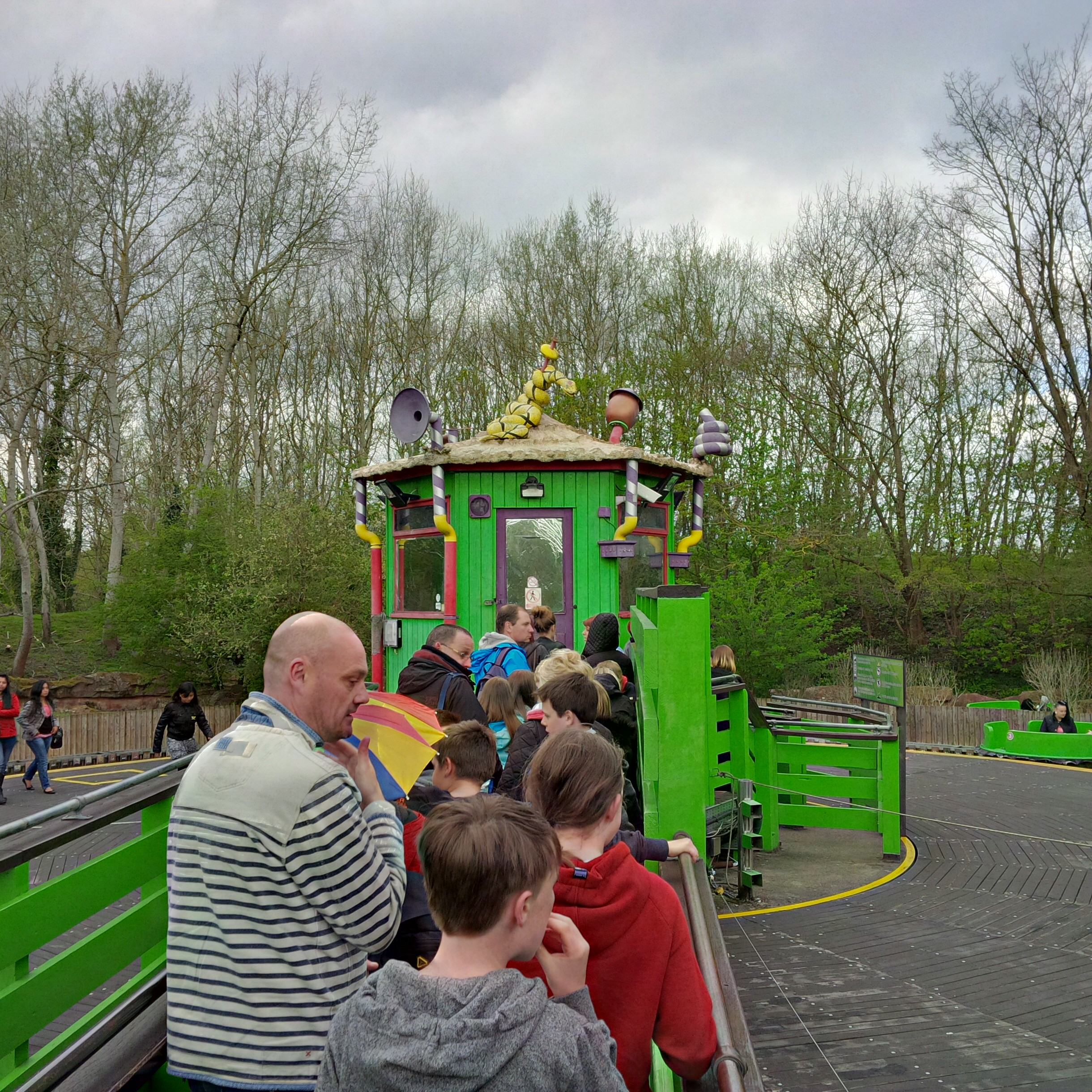
Click here to see the full resolution image
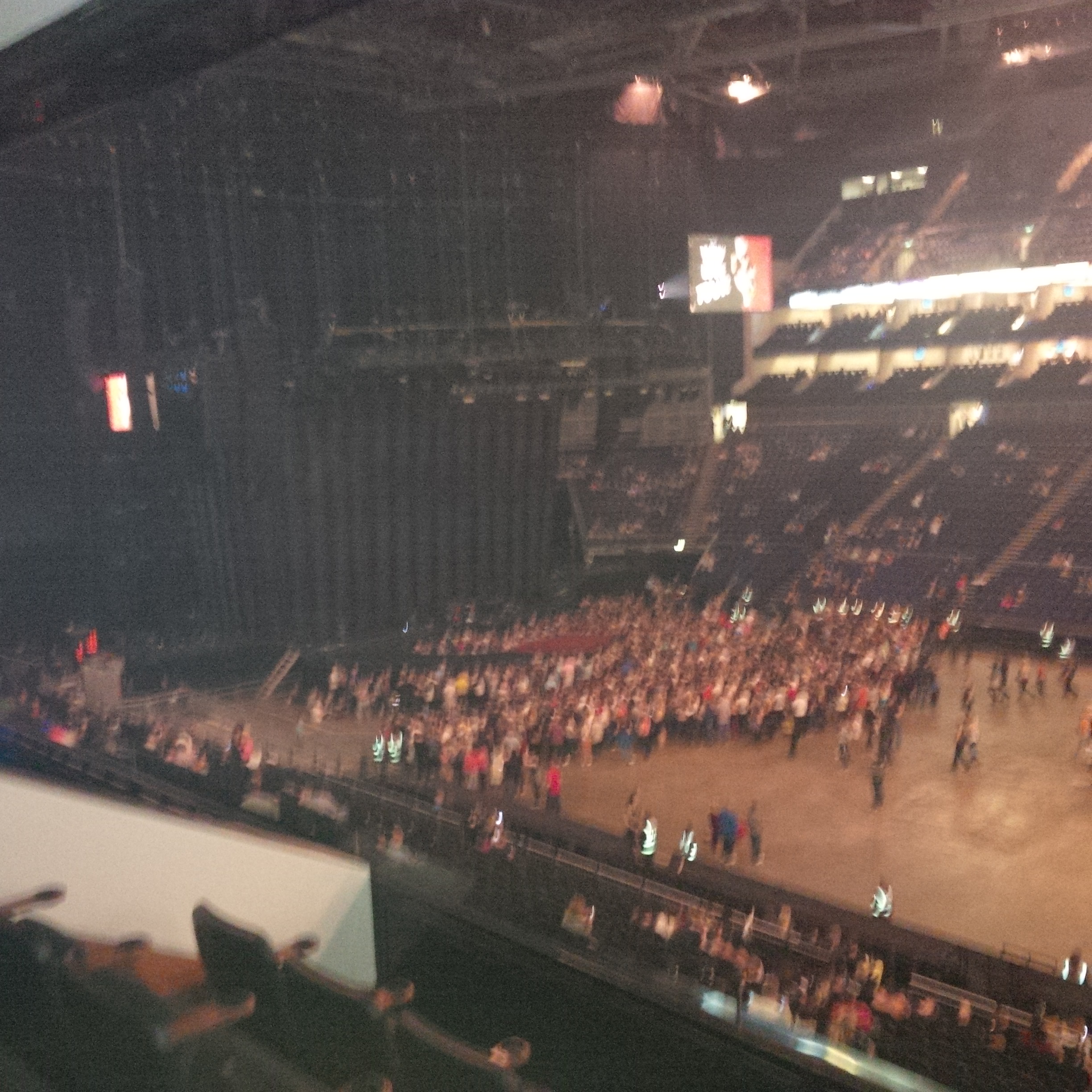
Click here to see the full resolution image
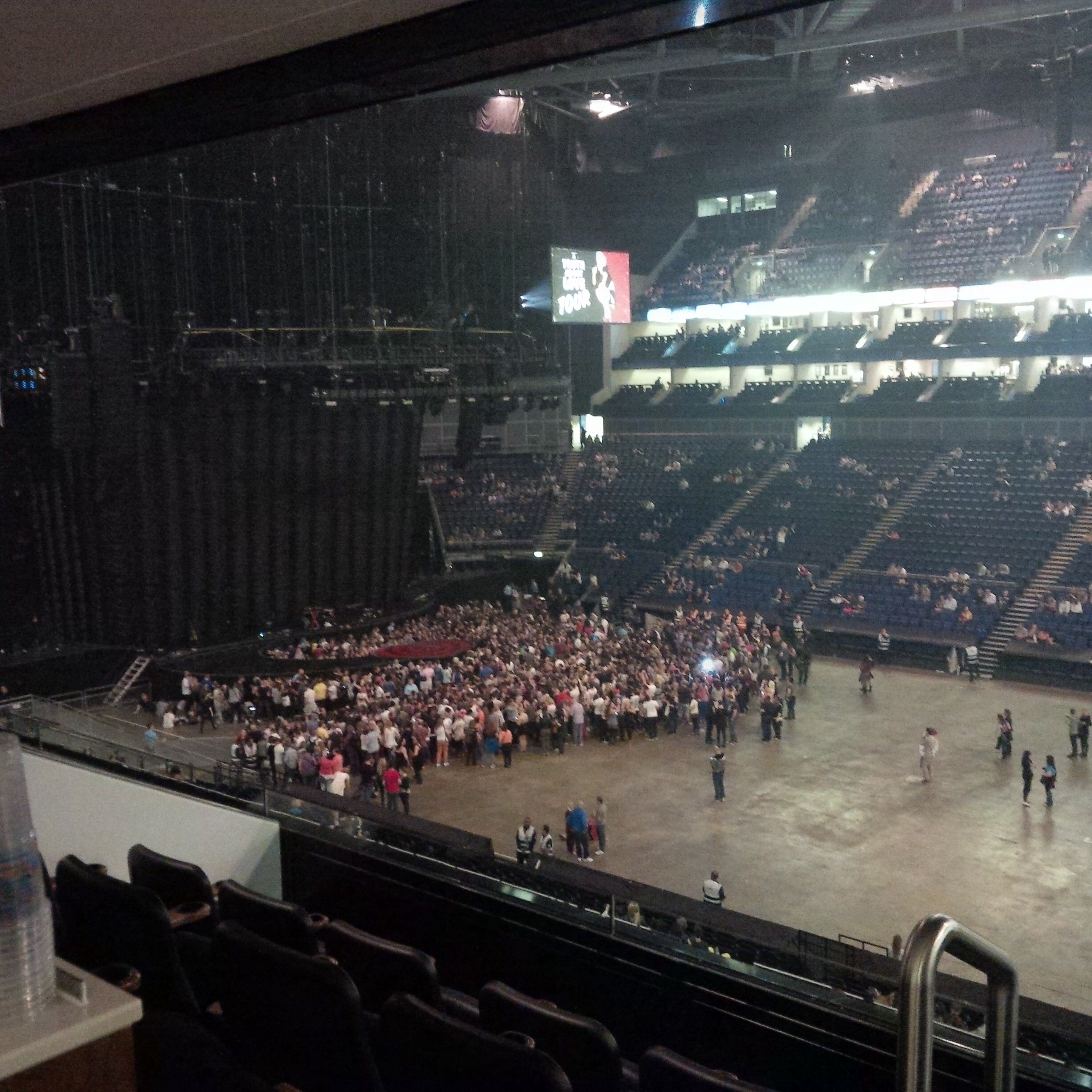
Click here to see the full resolution image


TechRadar's former Global Managing Editor, John has been a technology journalist for more than a decade, and over the years has built up a vast knowledge of the tech industry. He’s interviewed CEOs from some of the world’s biggest tech firms, visited their HQs, and appeared on live TV and radio, including Sky News, BBC News, BBC World News, Al Jazeera, LBC, and BBC Radio 4.
